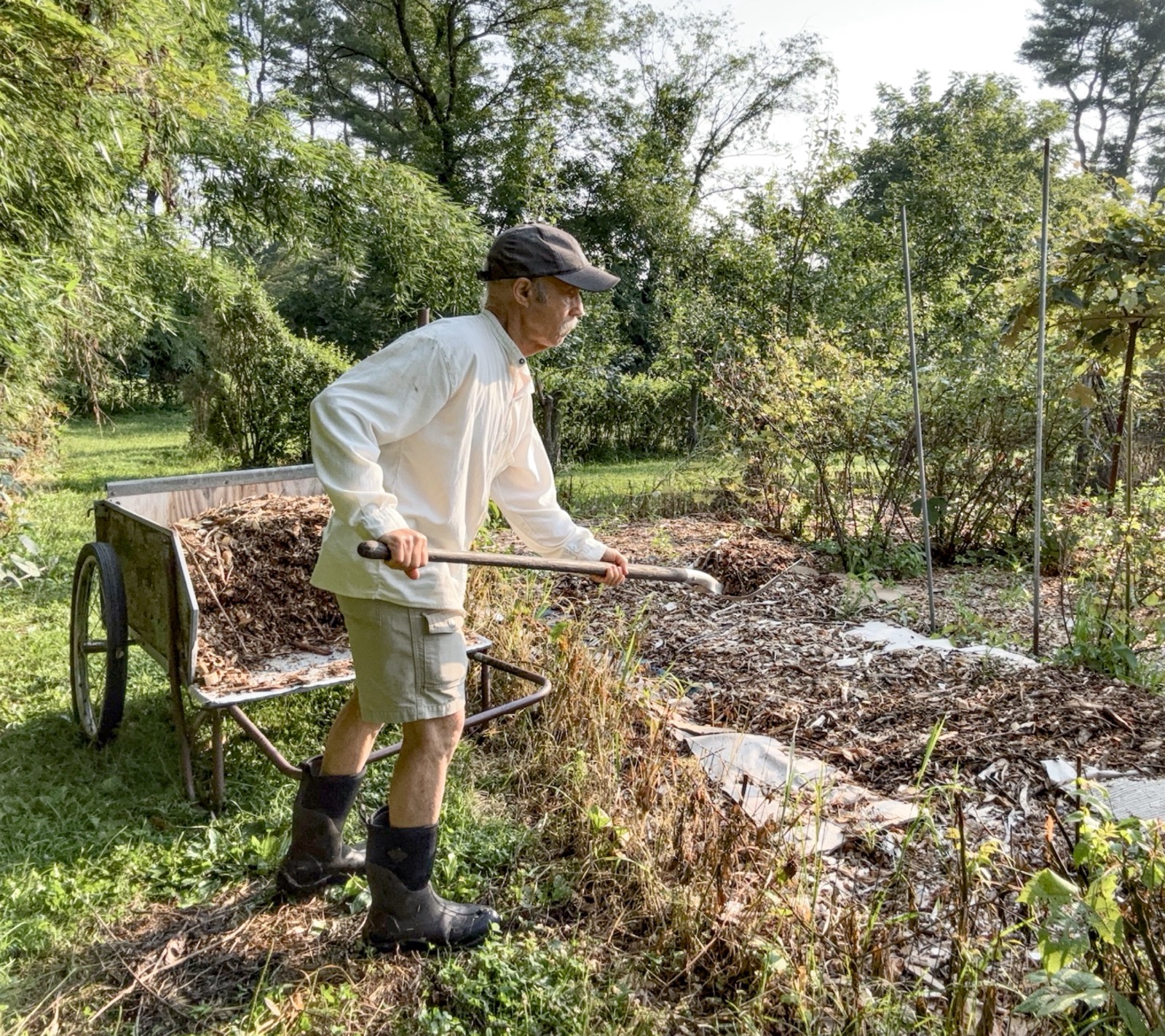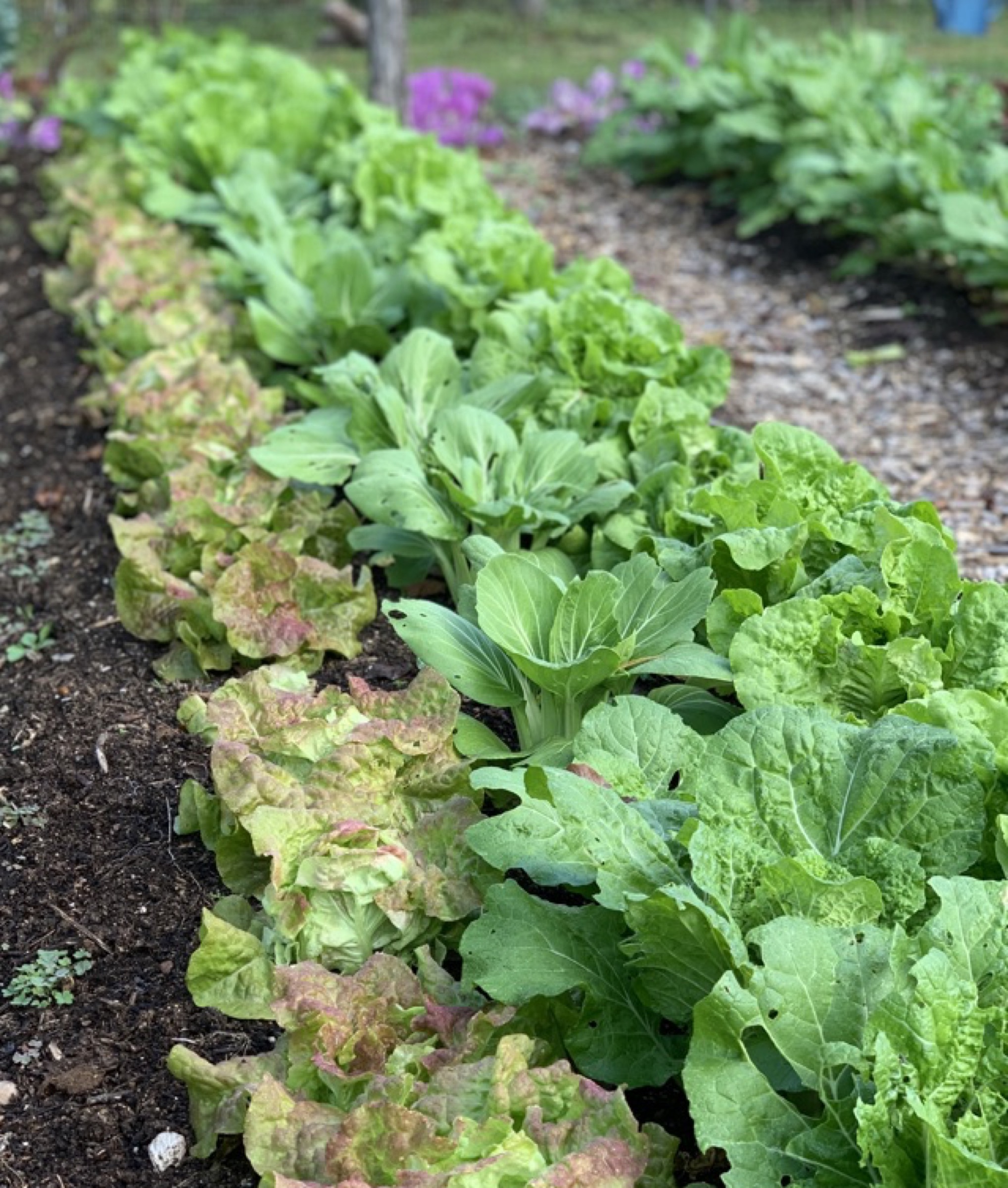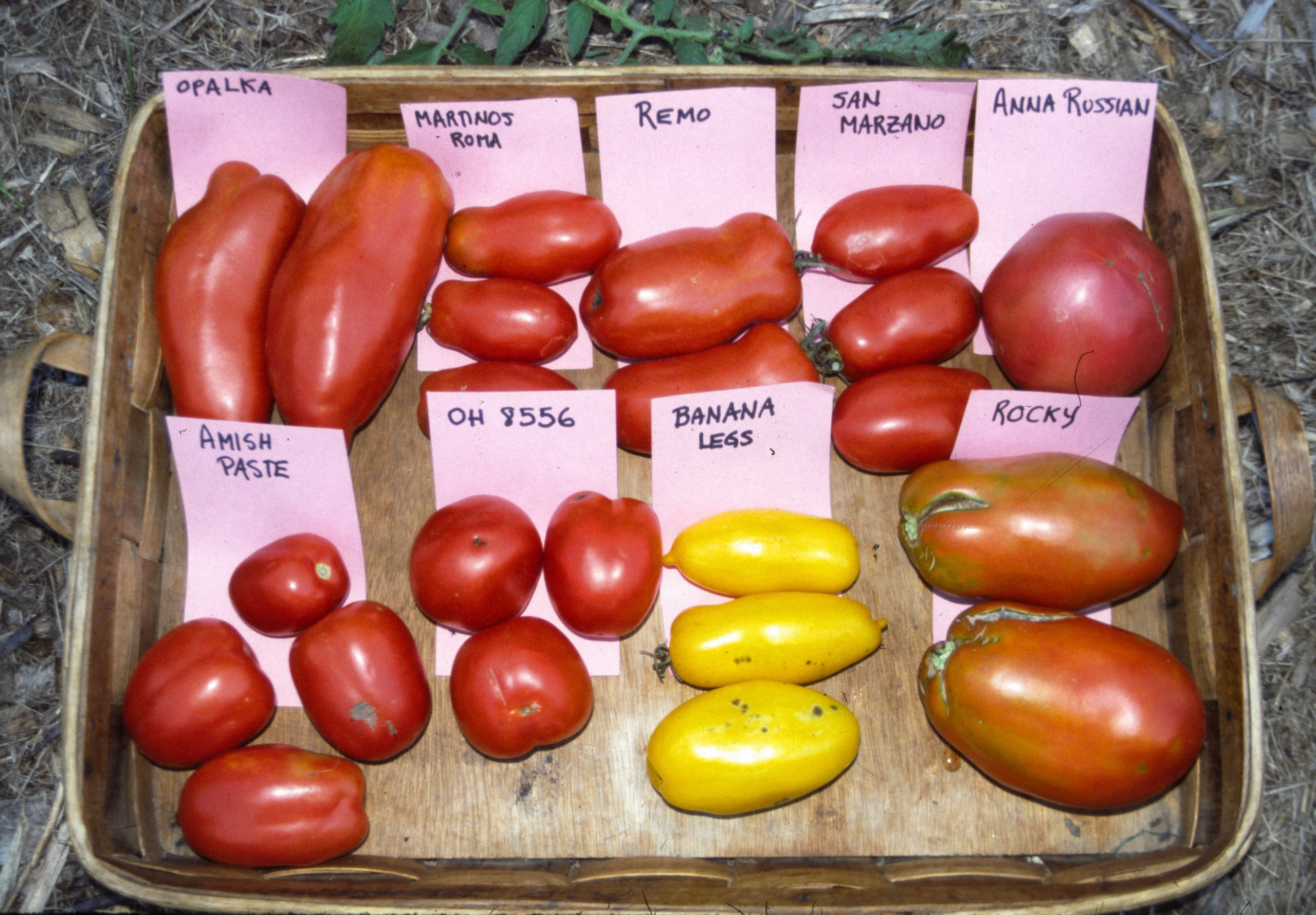ANTI-SOCIAL WEEDS
/8 Comments/in Gardening/by Lee ReichBest Worst in my Gardens
Do your weeds socialize? Mine mostly do not. That’s at least true for summer’s worst weeds. Each has seemingly staked out its territory in various of my gardens or parts of gardens, and keeps there mostly to itself.
The all-time biggest offender has been Canadian thistle (Cirsium arvense). Its bristly stems and leaves have insinuated themselves all over the place to the west of our main vegetable garden, in among a hogepodge of berry plants. How clever of them, especially getting in there among the gooseberries, where it’s hard enough to pull them from amongst the clusters of berrty stems, and made moreso by gooseberry’s spines.
One control — not cure, though — for the thistle invasion is mulch. Because of thistle’s deep, energetic, errant roots, just any mulch will not do.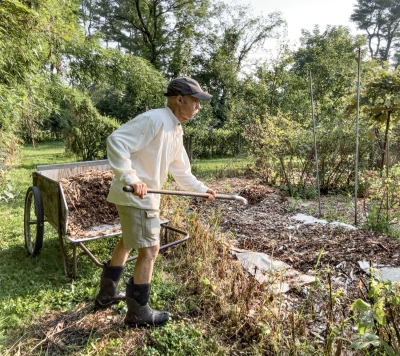 So I’ve resorted, hopefully just for this year, to laying down corrugated cardboard topped with arborist wood chips, a technique beloved to permaculturalists and historically loathed by me. Read more
So I’ve resorted, hopefully just for this year, to laying down corrugated cardboard topped with arborist wood chips, a technique beloved to permaculturalists and historically loathed by me. Read more
PLAN(T) AHEAD
/0 Comments/in Gardening/by Lee ReichA Whole ‘Nuther Garden
It’s hard to imagine that the weather will eventually turn cool, then cold. But of course it will, I’ve been planning what vegetables to grow late in the season after cool temperatures have sapped the vitality from tomatoes, cucumbers, and peppers. You might also consider it, because growing fall vegetables is like having a whole other garden, but in the same space.
Cool weather brings out the best flavor from vegetables such as kale, broccoli, and carrots. And the harvest season is long; fall vegetables just sit pretty awaiting harvest at your leisure.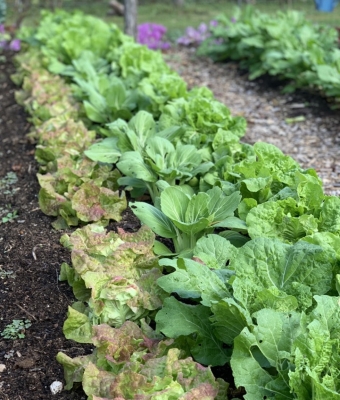 I hew to three commitments I make every summer in planning for fall vegetables.
I hew to three commitments I make every summer in planning for fall vegetables.
The first is to maintain soil fertility. Getting another growing season out of my garden means more fertility is needed, so fertilizer and/or liberal amounts of compost or other organic matter needs to be added to the soil. Fall’s predominantly leafy vegetables are heavy feeders.
My fertility system used to be Read more
AND THE BEST PASTE TOMATO IS . . .
/31 Comments/in Gardening, Vegetables/by Lee ReichIs a Tomato a Tomato
If a rose is a rose is a rose is a rose, then a tomato is a tomato is a tomato. Or surely a paste tomato is. After all, paste tomatoes are rarely eaten fresh; they are mostly just cooked.
Each summer in my garden, we grow and put up enough canned tomatoes to keep us in soup, stew, and sauce for at least a year. 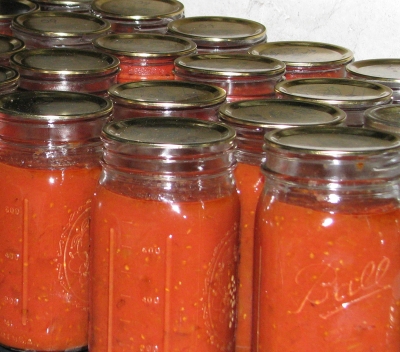 A couple of summers ago, I sorted through some of the paste tomato varieties available, planting, growing, and evaluating flavors of the reputed best. These were varieties highly touted by seed purveyors, some gardeners, and on the web.
A couple of summers ago, I sorted through some of the paste tomato varieties available, planting, growing, and evaluating flavors of the reputed best. These were varieties highly touted by seed purveyors, some gardeners, and on the web.
I admit to entering this foray with prejudices. Read more

